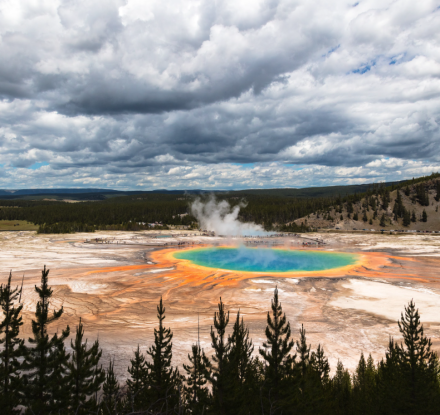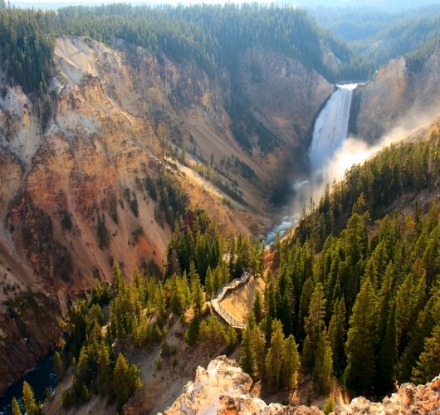
The Bear Facts
I got a phone call the other day from a friend in Colorado Springs. It seems that the first black bear of the season had come out of hibernation and promptly headed towards town in search of a good meal. Wildlife officials tranquilized and relocated the bruin to another part of the state where it will probably return to hibernating.
As far as we know, there have not been any bear sightings yet this year in Buffalo Bill’s Cody/Yellowstone Country.
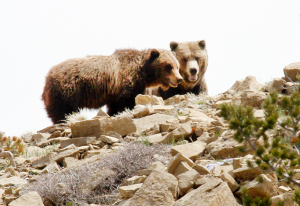
Cody/Yellowstone Country features both black bears and grizzlies (above).
While it happens sometimes that a bear is fooled into thinking winter is over, it is usually not until March or April that we really start to see the bears. We certainly see our share of warm sunny days out here, and we humans are always jumping the gun thinking it’s time to put away the skis, snow shoes, snowmobiles, gloves and ice skates. Personally, I will wait longer before I switch to my summer wardrobe.
I decided to learn a little more about bear hibernation and fired up my laptop. The North American Bear Center seemed like a good place to go, and it provided exactly the answers I wanted.
Here are some the facts I found most interesting about hibernating bears:
Hibernation occurs in the winter not because it gets cold. Rather, bears hibernate because of decreasing food sources. Bears in captivity will not hibernate as long as they receive plenty to eat.
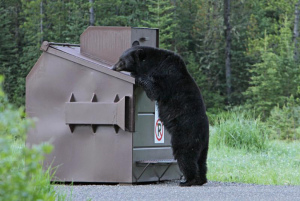
Precautions are taken throughout the region to keep bears away from humans and food.
Depending upon location and available food, a bear will hibernate starting anywhere from September to December.
A bear in hibernation will breathe once every 45 seconds, and its heartbeat can drop to eight-21 beats per minute.
During its stages of normal activity, a bear will consume 5,000-8,000 calories per day. When it is preparing for hibernation and going through the stage called hyperphagia, however, it will consume 15,000-20,000 calories every day.
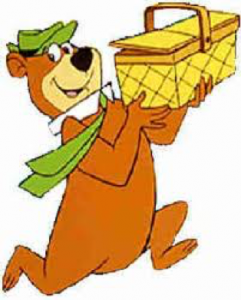
Probably due to readily available food, this bear does not hibernate.
Bears dig their dens in which they hibernate. Sometimes, they will prepare those dens the summer before.
Black bears will give birth during hibernation with cubs typically arriving in late January.
A full moon in January is sometimes called the “bear moon” because it can coincide with the birth of cubs.
All of this adds up to the ultimate reality show, in my opinion. Around here we respect the wildlife and take precautions so that we don’t surprise bears as we head down the trail. But few things are as exciting as watching a grizzly or black bear from a safe distance.
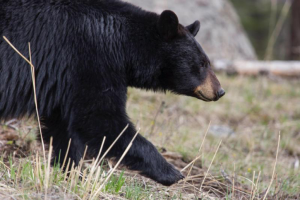
An easy day trip from Cody, the Lamar Valley is a popular wildlife watching area.
Until next week, it bears repeating that I am lovin’ life here in Cody, Wyoming.


